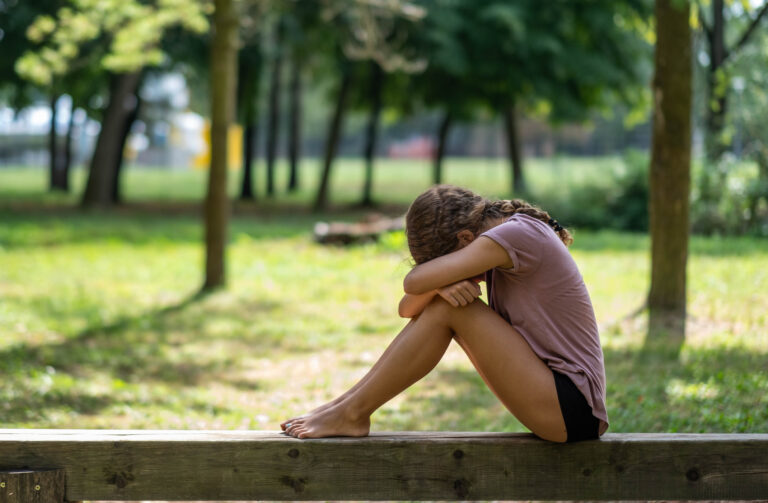Trauma is a deeply complex and often misunderstood aspect of human experience. In this article, we will delve into the world of trauma, its historical context, its effects on the brain and body, and various approaches to its treatment. Trauma has been a pervasive part of human history, and its consequences can be far-reaching.
The Historical Perspective
Trauma is not a new concept; it has been a part of human existence for centuries. The study of trauma can be traced back to Pierre Janet, who wrote about it in the late 19th century. However, the understanding of trauma has seen periods of discovery and forgetting throughout history. Trauma therapy was reinvented during and after World War I and World War II. Yet, despite this historical awareness, society often tends to forget about trauma and its impact.
The Impact of Trauma
Trauma changes the brain. It’s not just a story about the past; it’s a transformation of how an individual perceives and experiences the world. Traumatized individuals often see the world through a different lens, living in a body that responds differently to stimuli. This fundamental shift in perspective can make it challenging to connect with others and navigate the world.
The Challenge of Treating Trauma
Treating trauma is not a straightforward task. The first hurdle is getting individuals to speak openly about their traumatic experiences. Shame, isolation, and societal pressures often prevent people from discussing their trauma. Trauma survivors may face criticism, with others questioning why they can’t move on with their lives.
Changing the Brain and Body
One of the key revelations about trauma is that it alters both the brain and the body. Trauma is not an abstract tale; it manifests as visceral experiences of dread, helplessness, disgust, and horror. Individuals attempt to cope with these overwhelming sensations in various ways, including drug and alcohol use. Research has shown a strong connection between childhood trauma and substance abuse.
Holistic Approaches to Healing
In Western societies, drugs and talk therapy have been the primary methods of addressing trauma. However, in other parts of the world, people have turned to alternative therapies that focus on the body. Practices like yoga, chi gong, and VDV emphasize connecting with one’s body to calm the mind. These approaches are not mere alternatives; they are real therapies addressing the root of the problem.
The Power of Body-Centred Therapies
Understanding that trauma resides in the body is crucial. Body-centred therapies like yoga have shown promise in treating Post-Traumatic Stress Disorder (PTSD). In fact, research has revealed that yoga can be more effective in treating PTSD than conventional medications. These therapies help individuals regain control over their bodies and, in turn, their lives.
Conclusion
Trauma is a deeply ingrained part of the human experience. Its impact on the brain and body can be profound, altering the way individuals perceive and interact with the world. Recognizing the significance of trauma and adopting holistic approaches to healing, such as body-centred therapies, can offer new hope for those who have experienced trauma. By understanding and addressing trauma at its core, we can help individuals move towards a path of recovery and rediscovery of their authentic selves.







